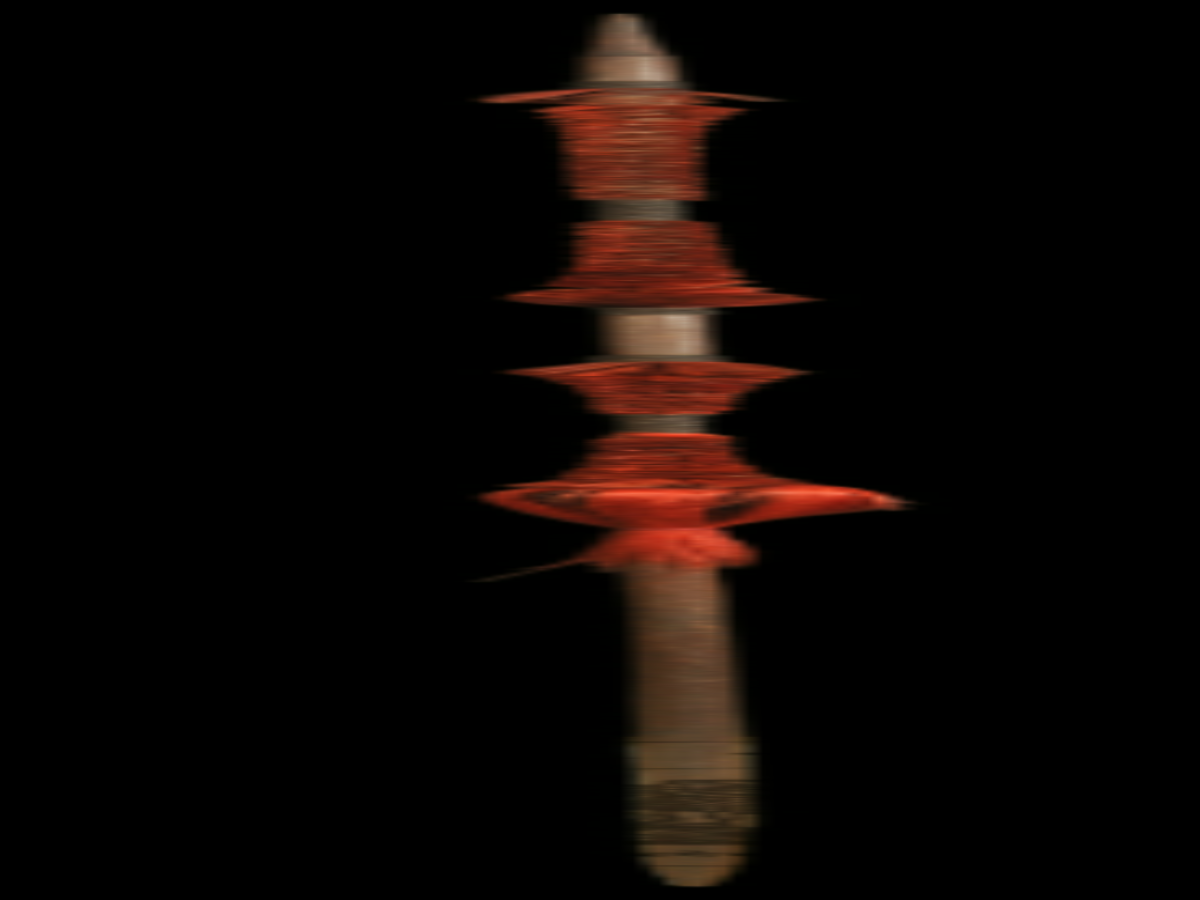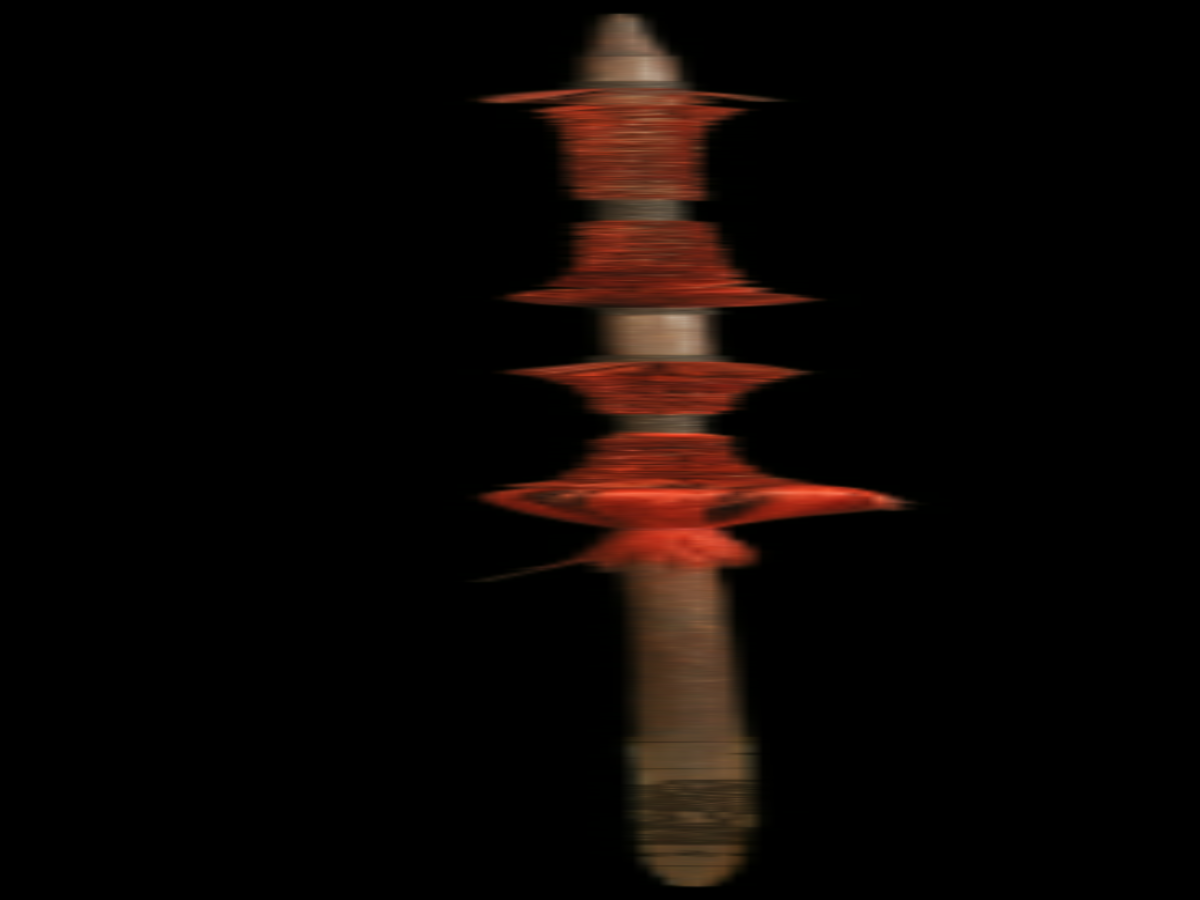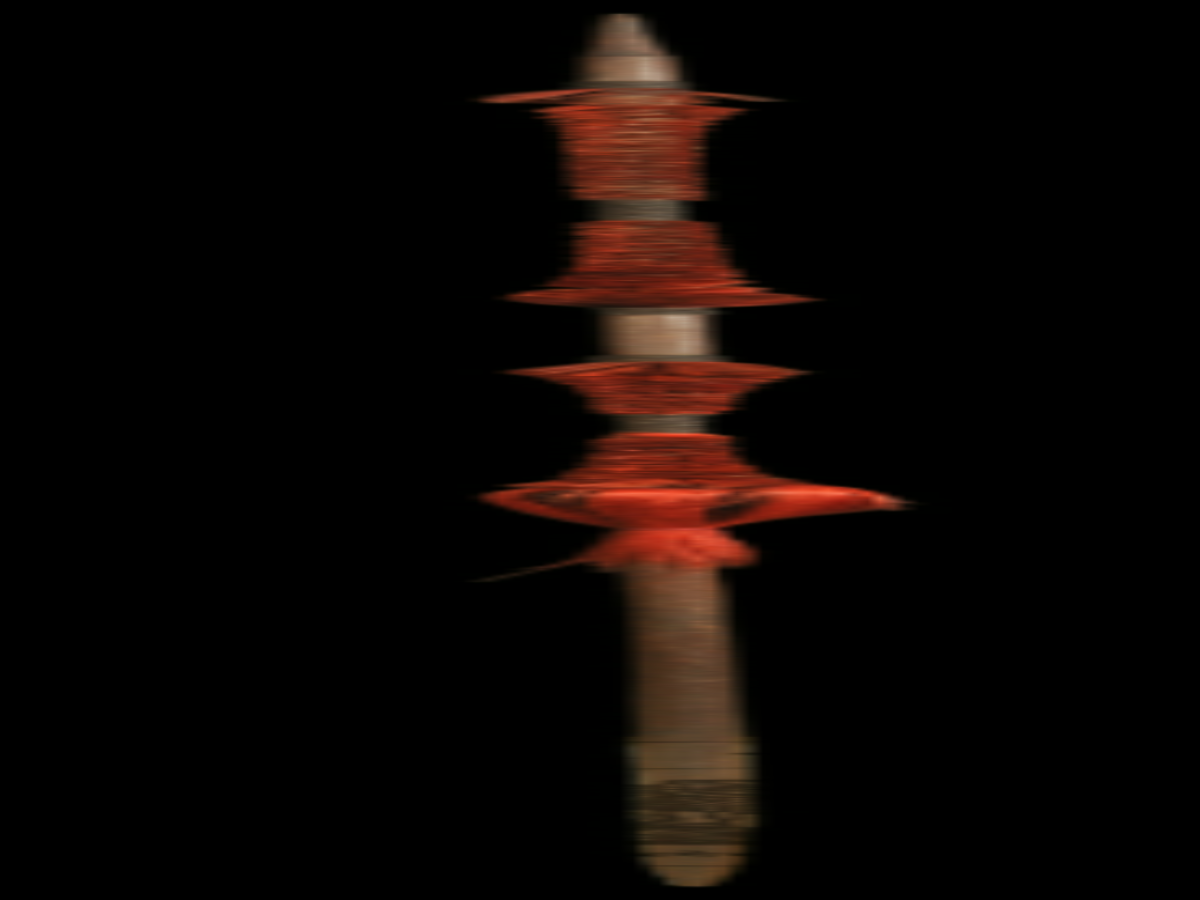State
Tribe Name
Art Type
short description
The Khiamniungan Naga tribe has an age-old tradition of warfare and colorful cultural displays among the tribes of eastern Nagaland and across the upper reaches of northwestern Myanmar. Within such traditional weapons, the ceremonial spear stands out all the more as it is considered an instrument of self-defense as well as a cultural artefact that represents warfare, honor, and self-identity among the people. The spear can be classified into two major parts, the other being the wooden head. These features differentiate it from all the other Naga-spears found and commonly used with metal heads. The other more symbolic aspect of the use of the head survives in the form of the spear being carried in dances, festivals, and rituals.
Thumbnail

Filter Postion
Left
Filter Background
Off
Theme
Filter Header Image

content
Image

description
The Khiamniungan Naga tribe has an age-old tradition of warfare and colorful cultural displays among the tribes of eastern Nagaland and across the upper reaches of northwestern Myanmar. Within such traditional weapons, the ceremonial spear stands out all the more as it is considered an instrument of self-defense as well as a cultural artefact that represents warfare, honor, and self-identity among the people. The spear can be classified into two major parts, the other being the wooden head. These features differentiate it from all the other Naga-spears found and commonly used with metal heads. The other more symbolic aspect of the use of the head survives in the form of the spear being carried in dances, festivals, and rituals.
The spear from the shaft has colored goat's hair tassels delicately sown on it, breaking the monotony of colors and bringing brightness to the spear. The tassels have many deep meanings attached: to beautify the spear, to symbolize tribal identity, and to depict social class within the community. Traditionally, these spears were being carried by the warrior during the festivals of Miu and Tsokum including martial dances and mock battles. The honoring of the ancestors during these events and their strength as a tribe rested in the ceremonial satisfaction of bringing out all the symbolic meanings from such rare materials and decorative designs of the spear, which in a way also means celebrating happiness with artistic creativity. Hence, the wooden spear is not a weapon, but it is rather a living tribute to the bravery, artistic expression, and culture of the Khiamniungan Naga tribe.
The spear from the shaft has colored goat's hair tassels delicately sown on it, breaking the monotony of colors and bringing brightness to the spear. The tassels have many deep meanings attached: to beautify the spear, to symbolize tribal identity, and to depict social class within the community. Traditionally, these spears were being carried by the warrior during the festivals of Miu and Tsokum including martial dances and mock battles. The honoring of the ancestors during these events and their strength as a tribe rested in the ceremonial satisfaction of bringing out all the symbolic meanings from such rare materials and decorative designs of the spear, which in a way also means celebrating happiness with artistic creativity. Hence, the wooden spear is not a weapon, but it is rather a living tribute to the bravery, artistic expression, and culture of the Khiamniungan Naga tribe.
Image Mode
landscape
promoted
On
Verified
Off
